I've never liked Japanese barberry -- why would you choose to plant a big prickerbush in your yard??? -- but now that I know that barberries serve as nurseries for the black legged a.k.a. "deer" tick - one of the main vectors for Lyme disease, babesiosis and granulocytic anaplasmosis - I like them even less... Worse still, they spread like wildfire - not only do we have them in our yard where some idiot actually planted them, we now have them all throughout our woods...
The Japanese silvergrass is a little less offensive -- it's pretty, it has no thorns and no known link to Lyme disease. And I have a grudging respect for its ability to grow and thrive in the crappiest of soils. Pure clay with some rocks mixed in? No problem! And where its roots go, the earthworms follow. I should know, I've pulled enough of them out...
But man, does it take over! There is a sea of it in all the garden beds and it is nigh unto impossible to get rid of as it will sprout again from the tiniest piece left in the soil. It is truly the Terminator of ornamental grasses. And it's also spread to several parts of the woods, undoubtedly where it was unwittingly dropped by previous gardeners after attempting to weed it.
Last summer, I managed to remove most of the Japanese silvergrass from the rocky planting area in our backyard. I'll never get it all since its rhizomes grow right under some of these massive rocks and there is just no lifting them. I'm resigned to simply pulling out the shoots wherever they appear - for the rest of my life...
The garden beds in the front yard are an even bigger challenge. At first, I just kind of wanted to give up, overwhelmed by the enormity of the weeding task ahead of me. I mean, look at this! And this is just a little portion of it...
And it's not just silvergrass, there's also quite a bit of lemon balm (another big taker over - but one that I at least like since it smells nice and you can eat it) and some unidentified but very spiky weed mixed into the mess. Here's some lemon balm with a little silvergrass.
But then I started to weed it in sections. I found that it was a little easier to pull out than I'd expected since the soil was richer than in the backyard where it was all clay and rocks. And, of course, it was immensely satisfying. Once I'd dug out everything I could get, I covered what I'd weeded with cardboard to deprive whatever was left of sunlight and moved on.
Meanwhile, I read up on rhizomatous grasses. The most common ones people love to hate are Bermuda grass, crab grass, and quackgrass. And, as with the silvergrass, they are basically impossible to get rid of. But then I happened on a thread where someone talked about planting sweet potatoes as a way of trying to outcompete Bermuda grass. It seems that sweet potatoes have these pretty vines that will pretty much take over whatever space they're allotted and squeeze out the weeds.
So I decided it was worth a shot. We're at the early stages of the great Sweet Potato Experiment right now but I figured I'd write about it in case it ends up working and you want to follow along. I'll be posting more about it soon.
Update: It totally worked! You can read all about it here.
You might also like:
- The Great Sweet Potato Experiment
- Eat Yer Weeds - Wild Garlic
- Don't Piss Away Valuable Fertilizer - Pee On Your Compost

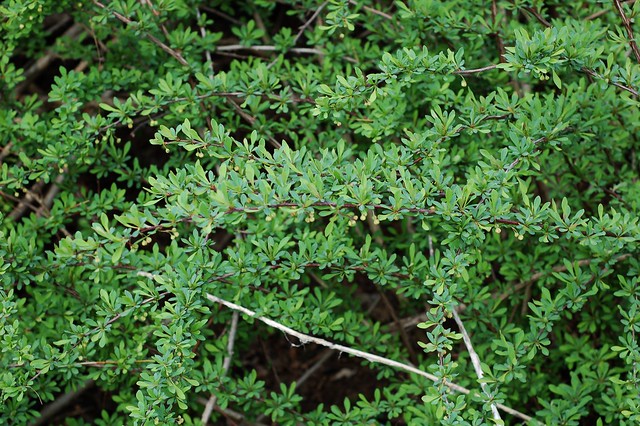

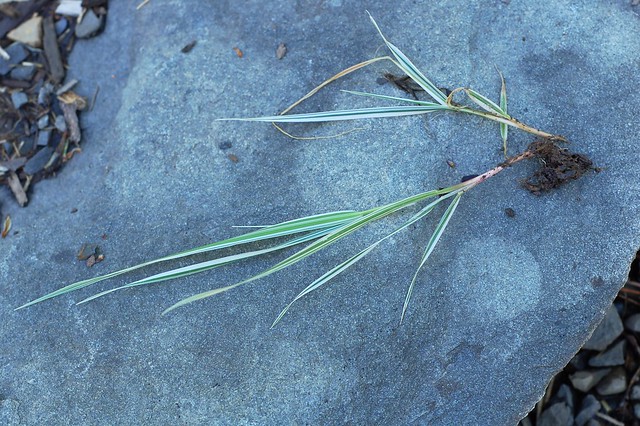
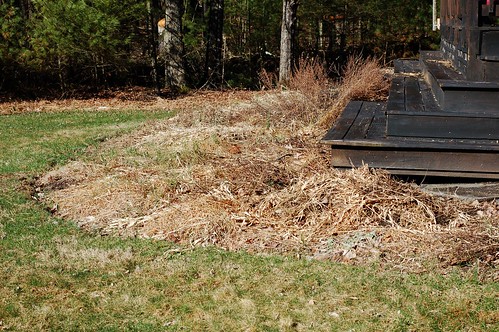

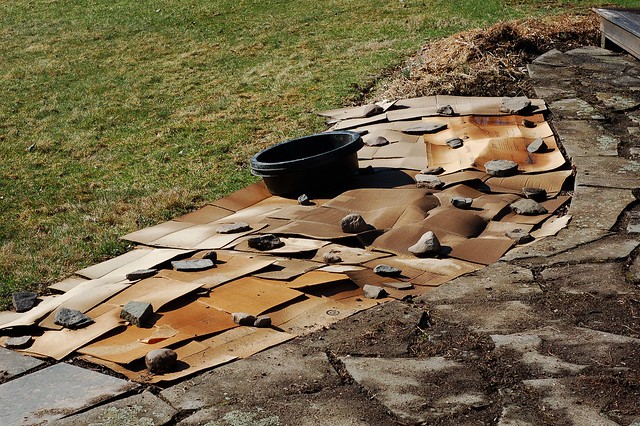
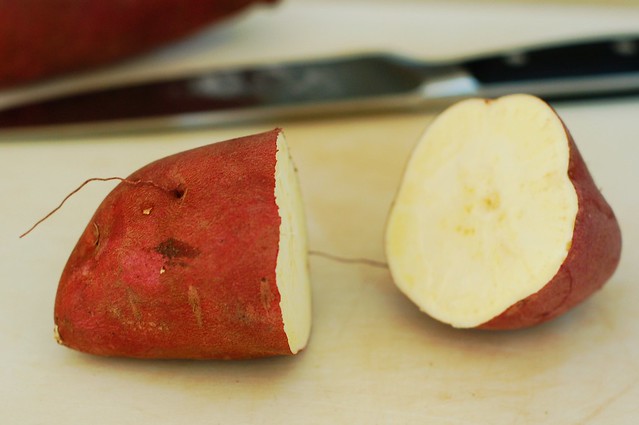
No comments:
Post a Comment